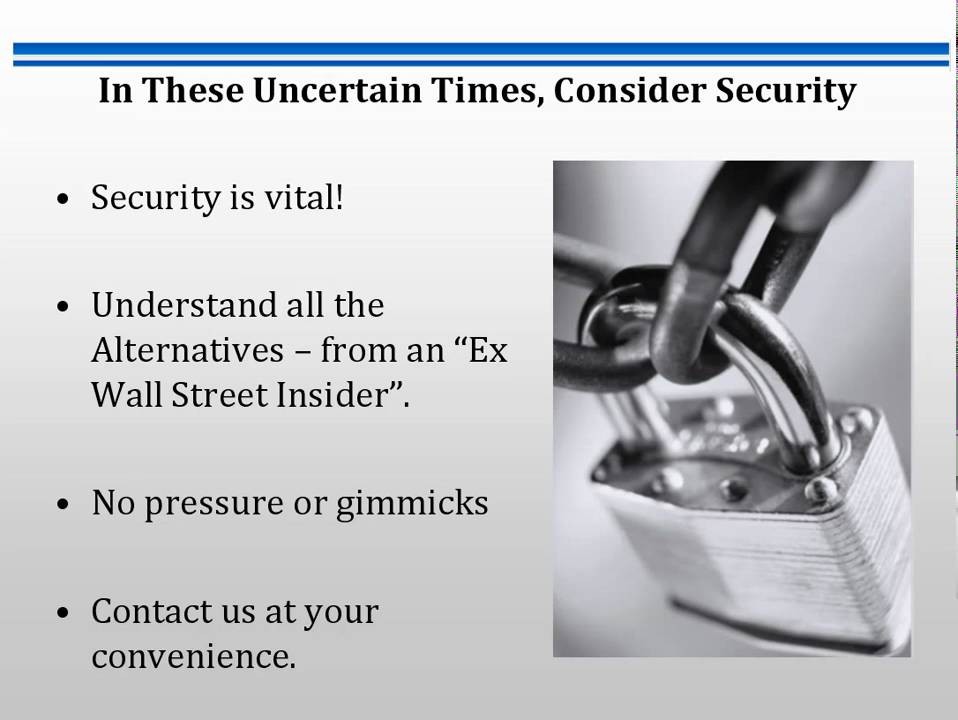The Safest HighYield Bond Fund To Own Right Now
Post on: 12 Июнь, 2015 No Comment

When investors hear the word bonds, they usually think safety. But maybe it’s time to re-evaluate.
With the Federal Reserve set to start raising interest rates from historic lows soon, bonds could be riskier now than at any time in the past 30 years. Even just a 50-basis-point gain in rates could knock 3% off the value of a bond fund that tracks the overall bond market, since bond prices move in the opposite direction of yields.
Losses could be quite a bit steeper in more speculative segments of the bond market, including the high-yield or junk portion, which has enjoyed an extended popularity streak. As the Fed’s multi-year stimulus program progressively compressed yields on Treasuries and other safe government bonds, income investors increasingly flocked to junk bonds (higher-interest debt issued by financially vulnerable companies) for better returns despite the higher default risk.
Yet, the bond backdrop is poised for a change. Imminent rate increases, concerns about an energy sector high-yield debt bubble and weakness in the global economy, means it may be time to tread especially lightly in high-yield bonds. There are a couple ways to do this, starting with reducing exposure to the asset class.
Based on the recent performance of the SPDR Barclays High-Yield Bond ETF (NYSE: JNK ), a diversified exchange-traded index fund, investors have already started moving out of junk bonds. During the past several months, JNK has started to drift away from its all-time highs.
Besides trimming junk bond exposure, you can also play defense by choosing a diversified investment with a superior safety profile. My favorite: The Vanguard High-Yield Corporate Fund (Nasdaq: VWEHX ) .
This $16.8-billion fund has an attractive yield (at least by today’s standards) of 5.6%, which is competitive with that of JNK and similar index funds yielding around 6%. However, the Vanguard fund doesn’t jostle shareholders as much. For instance, the fund lost only 13 basis points in the past three months — one-fifteenth of JNK’s decline during that time.
I wouldn’t expect VWEHX to always be that much less volatile. But I would look for it to be noticeably safer in general for a couple reasons. First, it’s a traditional mutual fund and therefore more of a buy-and-hold investment, whereas ETFs like JNK often attract shorter-term investors, who can boost volatility by jumping in and out.
Second, VWEHX is more conservative. It currently allocates 56% of assets to corporate bond issues that are rated BB, the highest credit rating a bond can have and still be considered junk. By contrast, JNK has 48% of assets in BB bonds, and the high-yield category average is just 28%.
The riskiest types of bonds, those rated lower than B, are limited to no more than 20% of fund assets. They currently make up just 7% of VWEHX, well below the category average of 17%. To help ensure sufficient liquidity during market turmoil, the fund holds a 15% safety position, investing those funds in investment-grade corporate bonds, Treasuries and cash, according to Morningstar.
Another sign of VWEHX’s more cautious nature is its duration, a commonly-used estimate of interest rate sensitivity. (Duration is defined as the number of years it would take to collect all the interest and principal payments from a bond portfolio to maturity.) For every 1% change in interest rates, a bond fund’s price should move in the opposite direction by roughly the amount of its duration. So, the shorter a fund’s duration, the less it should lose in a rising-rate environment.
Here’s a simple example: With a duration of 3.9, VWEHX should drop about 3.9% if interest rates rose 1%. JNK would expected to fall more — 4.4% — because its bogey, the Bank of America/Merrill Lynch High-Yield Master II Index, has a duration of 4.4 years.
That said, it’s important to realize duration is an imperfect metric, since other factors continually influence bond fund values like default risk, the possibility of bonds being called in early and the skill of fund management, to name a few. So duration is just one thing to consider when evaluating a bond fund. In VWEHX’s case, it points to greater safety.
Although it would be reasonable to expect a fund that takes less risk to underperform, VWEHX has long outpaced the competition, returning 8.5% annually since early 2010. That five-year record bests 80% of its peers in the high-yield bond category.
The fund’s expense ratio is a very cheap 0.23%. At $3,000, the minimum initial deposit for retail investors is on the higher side, though.
Risks To Consider: Although VWEHX is safer than the average, it can still take a big hit if the broader junk bond market sells off. Because of the financial crisis, for example, the typical high-yield fund plunged 26% in 2008, and even VWEHX lost 21% of its value that year. In the current environment, don’t expect high-yield bonds to perform as well as they did over the past five years .
Action To Take —> Global economic conditions, changing Fed policy and other factors indicate a need to take a more defensive approach to high-yield bonds. Investing in the Vanguard High-Yield Corporate fund is arguably the best way to accomplish this. To further mute downside risk, also consider limiting junk bonds to no more than 2%-to-4% of your overall portfolio.
Another alternative to the bond market is to invest in reliable dividend payers. In fact, my colleague Nathan Slaughter just released a new report that details how I’m locking in a paycheck of $16,200 for every $100,000 I invest. and our dividends keep growing. sometimes overtaking our original stock price. Invest like this and it just might change the way you think about investing forever. To access the report, click here.














